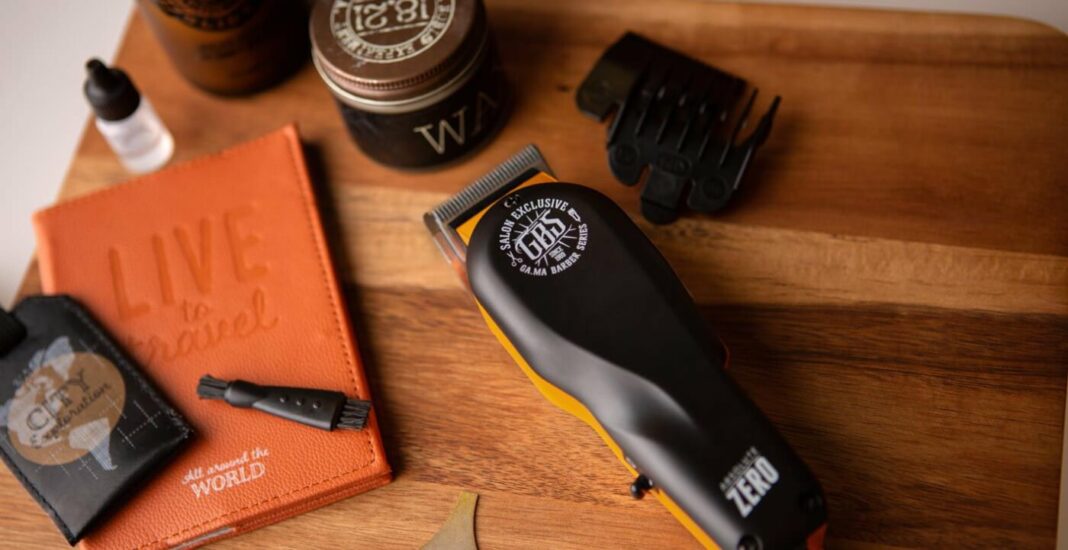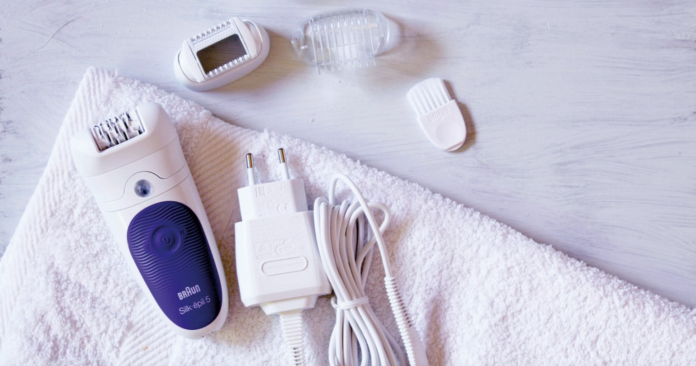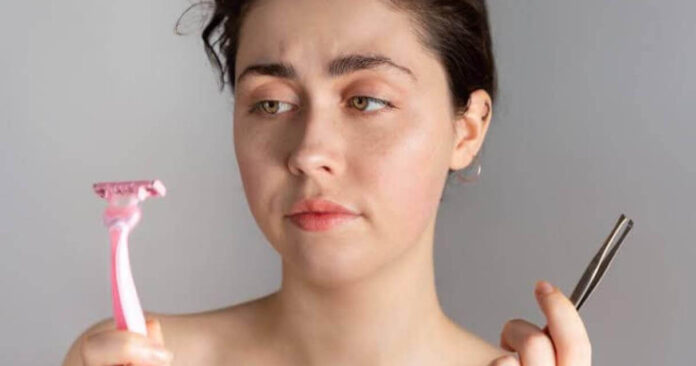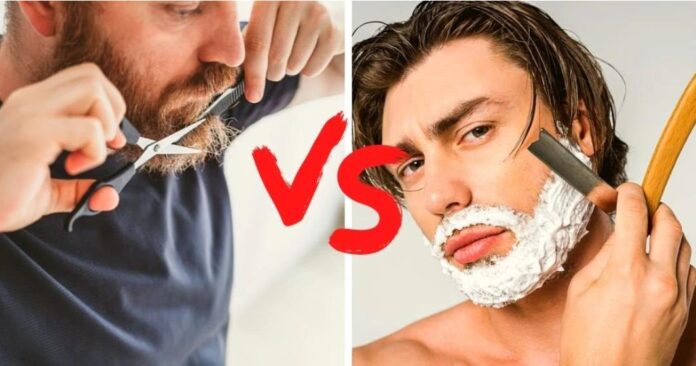Averagely tall, shapely figured, and wasp-waisted with glossy skin are some of today’s standards for measuring beauty in women. However, to grow hairs outside of the head and pubic areas is, for many, very embarrassing.
Imagine dressing up in a suit ready for that business or contract, and someone is confused about your gender because of facial hair! Nothing spoils an otherwise good day than this. It’s frightening and embarrassing to look out of place in today’s self-conscious world.
Unfortunately, we can’t do much about our genetic makeup, which sometimes leaves hair growing in unwanted places on our bodies. A 2014 study by
Javorsky
et al
. reveals that more women now grow hair in a male pattern, with ethnicity or race being a major predisposing factor.
But trust us, humans; we always have a way around our challenges. Even from prehistoric times, people have been getting rid of objectionable hair from every part of their bodies using various means.
The first recorded attempt by women to attain hairlessness was
around 3000 B.C.
Records had it that our ancestors mixed starch, water, arsenic sulfide, and quick lime to form a depilatory substance that helped them achieve their aim.
More recently, our choices have expanded to shaving, waxing, tweezing, threading, electrolysis, and the use of medications. The mechanism of action of each approach differs, and so also is the output.
But for this piece, I will pitch two of the most familiar hair-removing tools – epilators and shavers – against each other to see which is better.
What is Epilation?
You’ve probably heard several times that the best way to resolve an issue is to get to the root of it. Epilation removes hair straight from the roots inside the hair follicle.
The follicles are two layers deep into the skin, making this hair removal method a bit painful, especially for a first-timer. The electrically operated machine which performs this type of hair removal is called an epilator.
Most epilators are handheld and consist of mechanically rotating plastic heads with tweezers. As these heads turn, the tweezers adjust by opening and closing their ‘mouths’ in a way that grabs the hair on the skin, pulls, and discards them.
Depending on the part of the body you want to remove hair from, some epilators fit better than others. Today’s
most advanced epilators
can recognize and remove extremely short hairs (up to 0.5mm) that other similar methods like waxing will not even detect.
Hair removal by epilation sure has many benefits, which is probably why it is popular. So let’s consider these benefits before finding out their drawbacks.
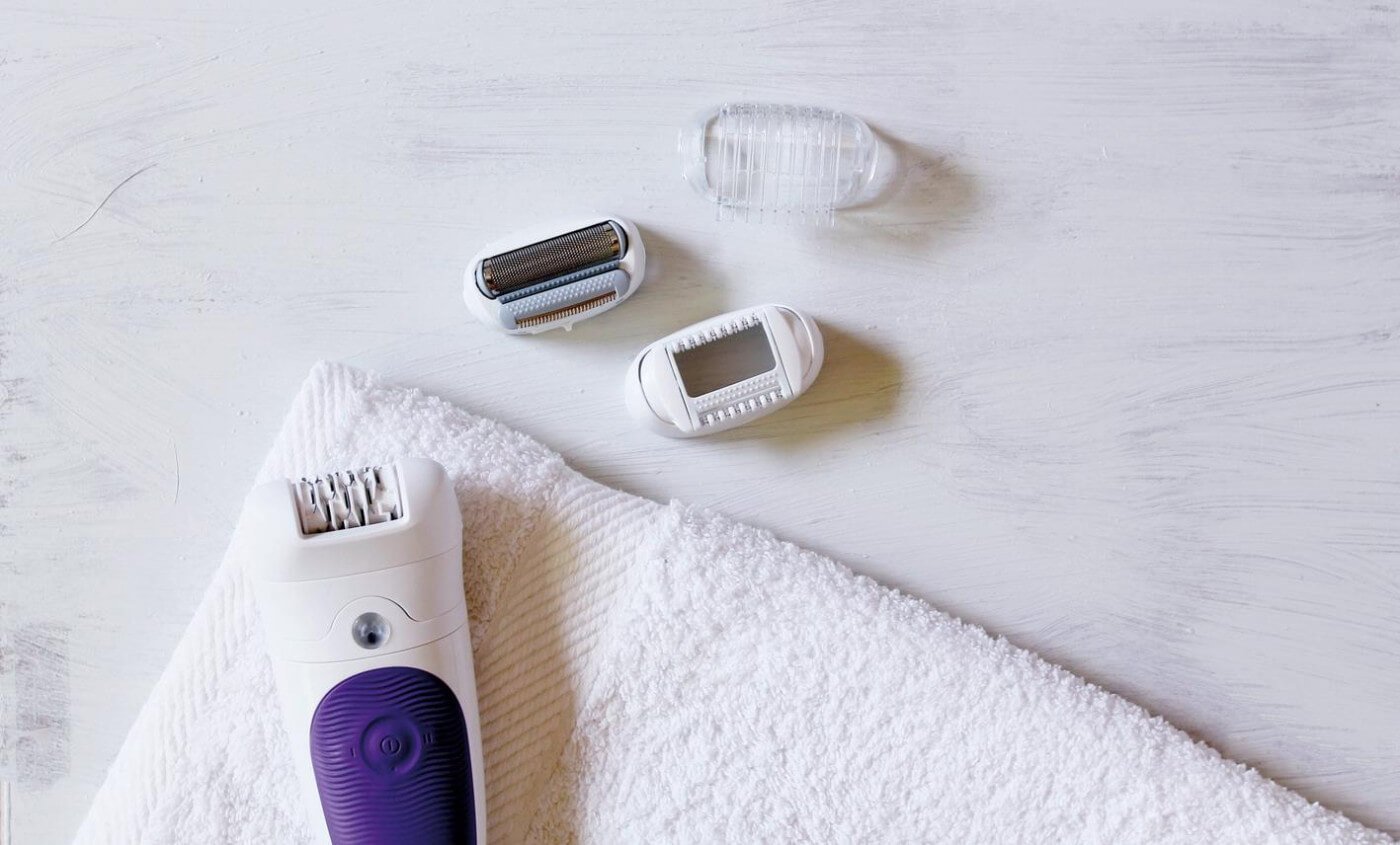
Pros of Epilation
- The process removes unwanted hair from the roots, making it more efficient than most other methods.
- It can take up to five weeks for hairs removed by epilation to regrow.
- Once you know how to use an epilator, you don’t need any further professional help to help you achieve a smooth hairless body.
- There is no risk of cutting your skin with an epilator because it doesn’t contain blades like shavers.
- An epilator is applicable for almost all skin types and parts.
- Hair regrowth after an epilation session is usually thinner, making the next faster and less painful.
- There are epilators suitable for men and women. Similarly, you can get a waterproof epilator usable in both wet and dry conditions.
- Epilators are generally cost-effective.
Cons of Epilation
- For people with low pain tolerance, epilation can be painful at first. However, after two or three episodes, they will likely not feel the pain again.
- Because of its painful response, epilation may not be appropriate for sensitive body areas like the genitals and face.
- Because of how epilators work, they make so much noise that it can be annoying.
- Epilating requires a great deal of patience to achieve the goal. It is slower than shaving.
What is Shaving?
Shaving has been around long before the conception of epilation and most other hair removal methods. The process involves cutting hair very close to the skin’s surface using a razor-made machine called a shaver.
A Shaver works by oscillation to cut hairs brought close to them. Many are cordless, operating with batteries, while others require electricity. Some, by design, look so much like epilators, but their workings are different.
Removing hairs by shaving is very fast and often nearly painless when done correctly. Besides, regardless of the texture or hair quantity, a good shaver will eliminate it within a quarter of an hour.
Since our focus is to compare shavers and epilators, it will be proper to look at the pros of this tool and method for hair removal.
Pros of Shaving
- Shaving is arguably the fastest hair-removing technique ever invented.
- The procedure is almost nearly painless, except there is an accidental cut in the process.
- Correctly handled, shavers are unlikely to give you ingrown hairs.
- You can use most shavers in both dry and wet conditions.
Cons of Shaving
- Because shavers contain razors, they carry the risk of cutting something other than hair while in operation.
- Hairs quickly regrow with greater thickness and quantity after shaving.
- Repeated shaving on sensitive skin can produce stumbles – which are embarrassing to those carrying it.
- Most shavers require a replacement of the razor after one or two usages.

Which is Better?
Having considered what both instruments and methods mean, we’ve now come to the big question of which of them is better.
To be fair to both methods, we will use five relevant parameters to judge the better between the two. These parameters and how they fare are in the table below:
|
|
|
|
|
|
|
Removes from the root |
It cuts hair on the surface |
Epilator |
|
|
Ingrown hairs; pain |
Skin cut during shaving |
Shaver |
|
|
Slow |
Fast |
Epilator |
|
|
Little maintenance |
The blade has to be changed regularly |
Epilator |
|
|
Slow |
Fast |
Shaver |
Shaver vs. Epilators: Final Verdict
It’s apparent that epilators excel more at getting the job done than shavers, though painful and with the risk of causing ingrown hairs. Shaving can offer a quick fix, but epilating is better for a long-lasting effect and thorough hair removal.
However, not all skin types are OK with epilating, and it’s probably not a good option for men. You should try it with a small area of your skin to know if it is good for you.
Ulike IPL Hair Removal
If you want an FDA-cleared, nearly painless, effective, and long-lasting hair removal tool,
Ulike IPL Hair Removal
is what you should get without further delay.
It has a global certification for safety at home, and you can operate it without expert assistance. In addition, this product promises a silky-smooth bikini line devoid of objectionable hair in about four weeks.
An impressive highlight of Ulike Sapphire IPL hair removal is its suitability for all body parts. It’s the solution to the bushy pits, annoying chin hair, and the elusive, spiky hairs in the bikini line.
Au Revoir
to pains because you want to maintain hairlessness! With Ulike, zapping has no place. The ingenious ice-cooling technology close to its surface makes everything comfortable as you watch yourself looking at the real you.
Bottom Line
Hair removal methods that remove undesired hairs from their roots are the best. Modern options like the Ulike IPL device solve the problem of pain using super cooling technology. Moreover, it works for all body parts and most skin types.
You May Like:
Epilator vs. IPL Hair Removal: Which Method is Better for You?

 By Jason
By Jason
